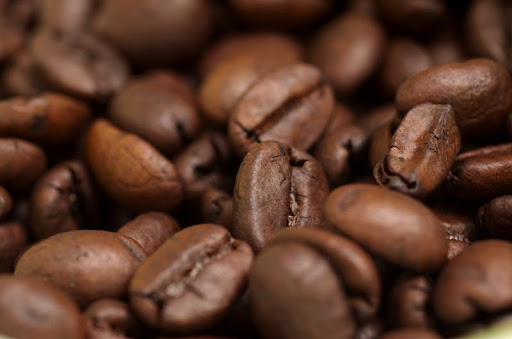 Coffee roaster executives used to sit down once a year with retailers to discuss prices. On rare occasions, they sat down twice a year. Currently, however, they are holding discussions almost once a month.
Coffee roaster executives used to sit down once a year with retailers to discuss prices. On rare occasions, they sat down twice a year. Currently, however, they are holding discussions almost once a month.
“It is crazy. I have never seen anything like this in my 25-year career,” one senior coffee executive recently told me.
The reason? The cost of arabica coffee, the high-quality bean appreciated by espresso connoisseurs, has surged to a near 14-year high of $2.6675 a pound in New York.
A closer look at the market reveals that current prices are not only the highest since 1997, but also that coffee has not traded at its current level for more than a week since the price jump of 1975-77, which was triggered by a frost that destroyed Brazil’s crop.
The industry is split about what lies behind the rally. Some roasters believe that speculative funds have taken prices well above what the fundamentals of supply and demand warrant. But other consumers – and the majority of traders and coffee brokers – say that supply shortages are leading the price increase.
Colombia has suffered a string of bad crops, in part due to heavy rains. Output plunged last year to a 33-year low of 7.8m 60kg bags, down by nearly a third from 11.1m bags in 2008. The market was betting that supplies would recover to closer to 10m bags this year, but as the crop advances, traders have scaled down their expectations to about 8.5m bags. The shortage of high-quality Colombian beans is keeping the market tense.
The problems in Colombia were well known, but traders have recently been wrongfooted by low supplies from Brazil, the largest producer of arabica coffee. Traditionally, prices in New York trade at premium to the local BM&FBovespa futures market in São Paulo. But recently Brazilian prices have surged above those of New York, a clear sign that the country’s crop is not nearly as large – and probably of lower quality – than previously thought.
Meanwhile, stocks at producing countries – the traditional cushion in a tight market – are at their lowest level since the International Coffee Organisation started tracking the statistics in the early 1960s. Stocks registered with New York’s coffee exchange have also fallen sharply over the past year and a half. With physical beans from Colombia and Central America trading at a significant premium to the New York contract, traders are unlikely to deliver to the exchange’s warehouse any time soon, so registered inventories are likely to fall even lower this year.
The strength of the arabica market has opened an unusually large arbitrage with the lower quality robusta coffee bean, which trades in London. The price difference has surged to the highest level since 1997 and is approaching an all-time high. In theory, the large price difference should encourage roasters to blend more robusta coffee at the expense of arabica, helping to rebalance the market. But the industry’s flexibility to blend has changed over the past 20 years with the arrival of premium products such as Nestlé’s Nespresso, which require high-quality beans. So roasters will continue to buy expensive arabica, sidelining cheaper robusta and, in effect, making the price arbitrage largely unworkable.
So, enjoy your morning espresso – and rush for a refill. At current wholesale prices, retailers are likely to push for another round of price increases very soon.
(Source: http://www.ft.com/cms/s/0/acd09cda-3a6c-11e0-9c65-00144feabdc0.html#axzz1ECnfVAGt)

No comments:
Post a Comment